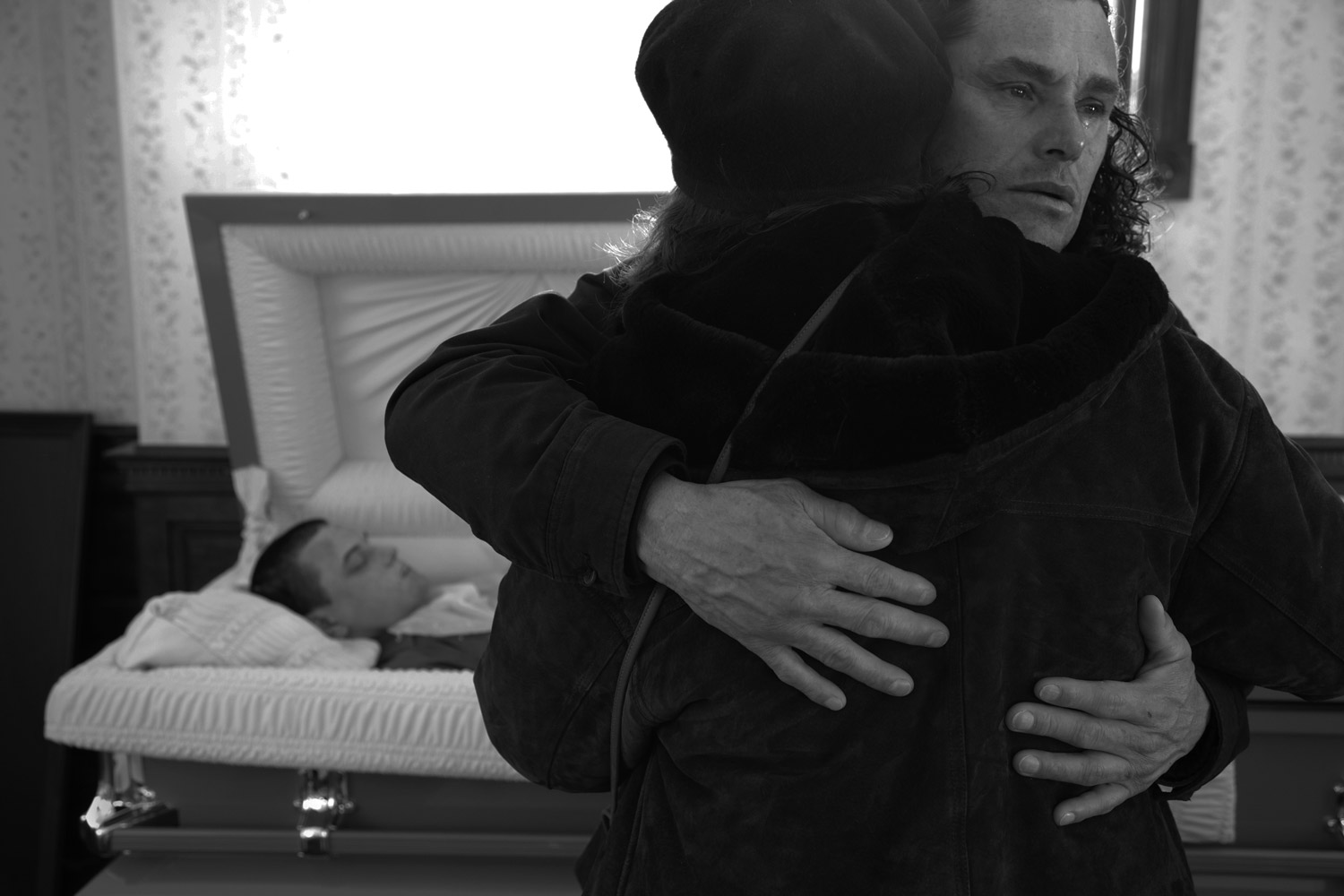
When the current incarnation of LightBox launched a year ago today, one of our very first posts featured the work of Eugene Richards, an American photographer who had released a book documenting the impact of the Iraq War on soldiers and their families. It’s been years since the book, War is Personal, hit shelves in September 2010, and even longer since Richards completed the project. In honor of that anniversary, LightBox caught up with Richards to discuss the way that photographs can follow a photographer.With War is Personal, Richards has found that it’s not just the images that draw him back in. “When you do a project like this, people keep occasionally popping back into your life,” he says.
Some of the subjects of the book have fallen out of touch with the photographer, while others he leaves alone, for now at least, feeling that it would be an intrusion to contact them before they want to be contacted. Still, others are still very much involved in the afterlife of the project. Richards knows that one combat medic featured in the project, suicidal at the time, has started law school and is doing well. Another of the subjects, already confined to a wheelchair, has seen his health deteriorate further in the months that have passed. And in one situation, Richards’ involvement with his subjects has gone past keeping tabs. Carlos Arredondo, featured in War is Personal as the father of a deceased soldier and as an antiwar activist, recently lost another son, Brian, to suicide. Because the Arredondo family was in financial trouble, and because the self-published War is Personal sold better than Richards had expected, the photographer and his team—along with the Nation Institute, which had given Richards a fellowship to work on the project—helped defray the cost of Brian’s funeral. The photographs in the gallery above were taken in the days around that event.
“The grief really took over Brian,” Arredondo told Richards. “But it’s not only those people who kill themselves who are suffering, but los familios.”
Richards, who already began two new projects in the past year, says he tries not to revisit stories after he finishes them. “I think all journalists try not to,” he says, “but then they come back to you, again and again and again.”
On one level, they come back as people, like the Arredondo family. On another, the stories come back as a consequence of the photographer’s immersion in the subject. Following an idea for long enough to create a large project about it means that the facts and emotions of its world become so familiar that, Richards says, they start to seep into every aspect of life. Something only tangentially related to a photograph taken a year or two years or twenty years ago can provoke the old perspective. “Suddenly you’re back to where you were at a different time,” says Richards.
Richards hasn’t taken any other additional photographs of the families from War is Personal, but he says he will probably return to the subject of war’s impact. Richards says he can’t turn away from people who are open to his journalistic curiosity and his camera’s presence. After all, there is no shortage of reasons to continue to snap away, no shortage of families affected by the country’s evolving military situation.
“This is the next round of response now that the declaration of war here is over, and perhaps people will come back from Afghanistan,” he predicts. “Concerns are going to grow and grow.”
Eugene Richards is an award-winning American photographer. See more of his work here.
Watch LightBox’s video about War is Personal here.
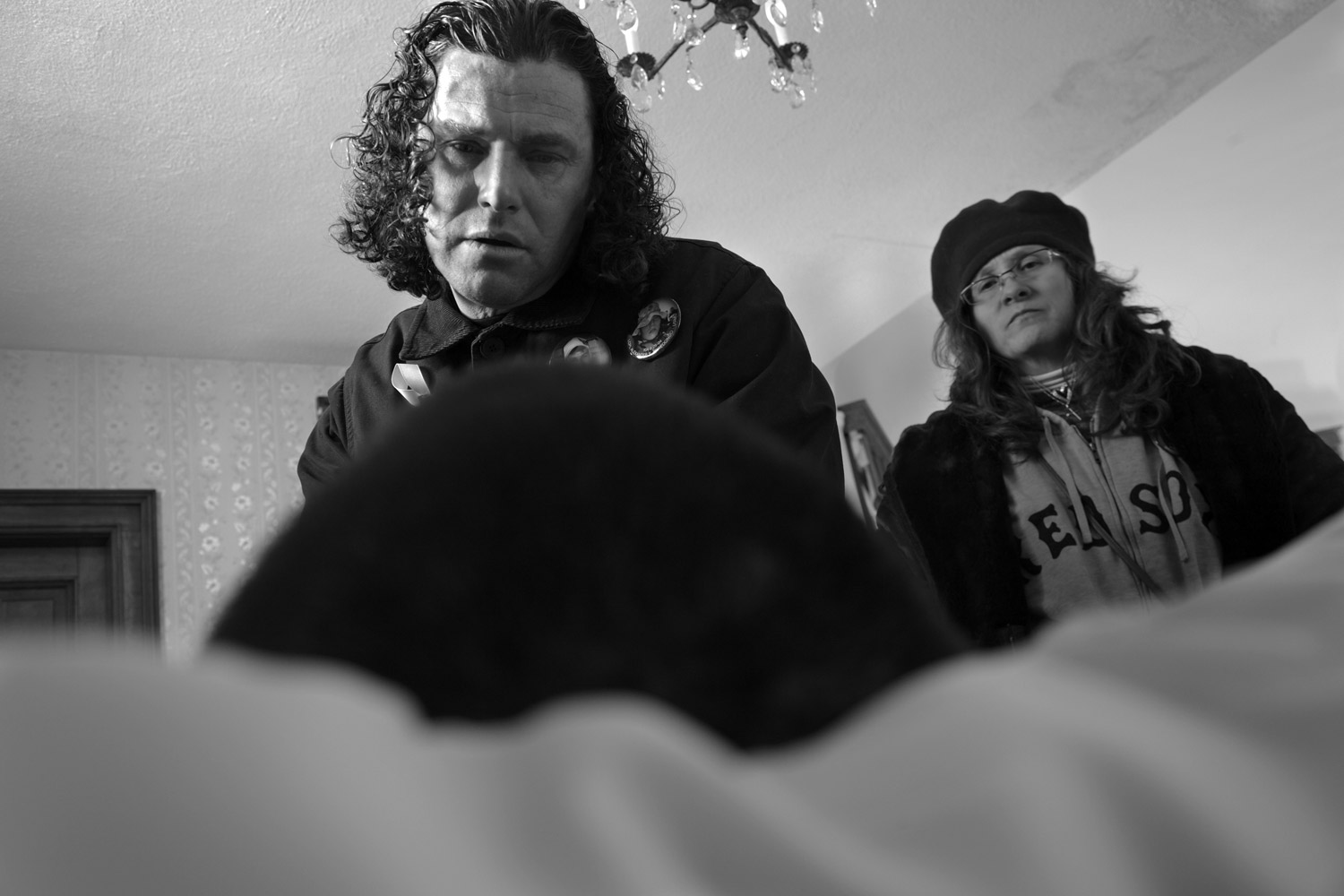

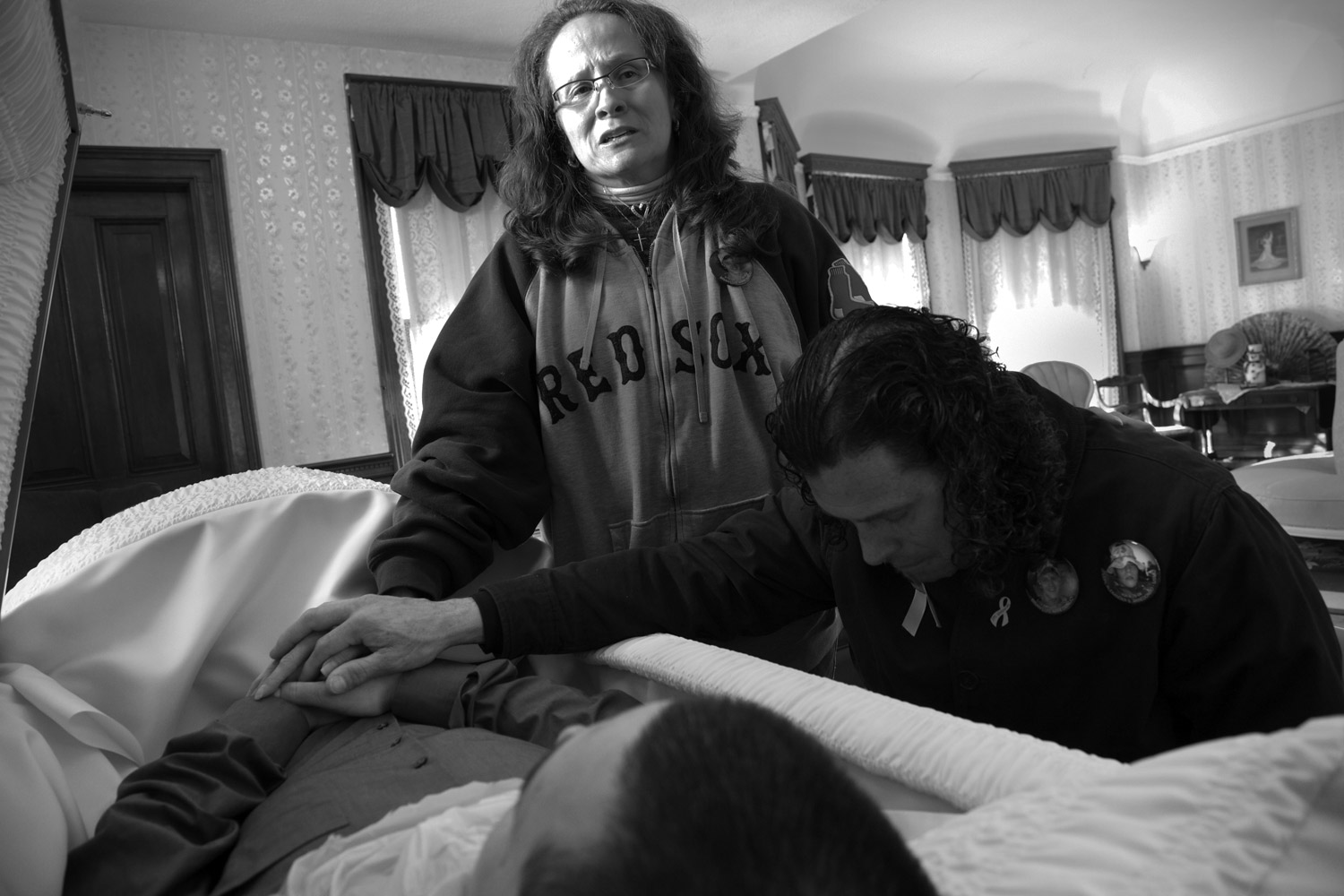
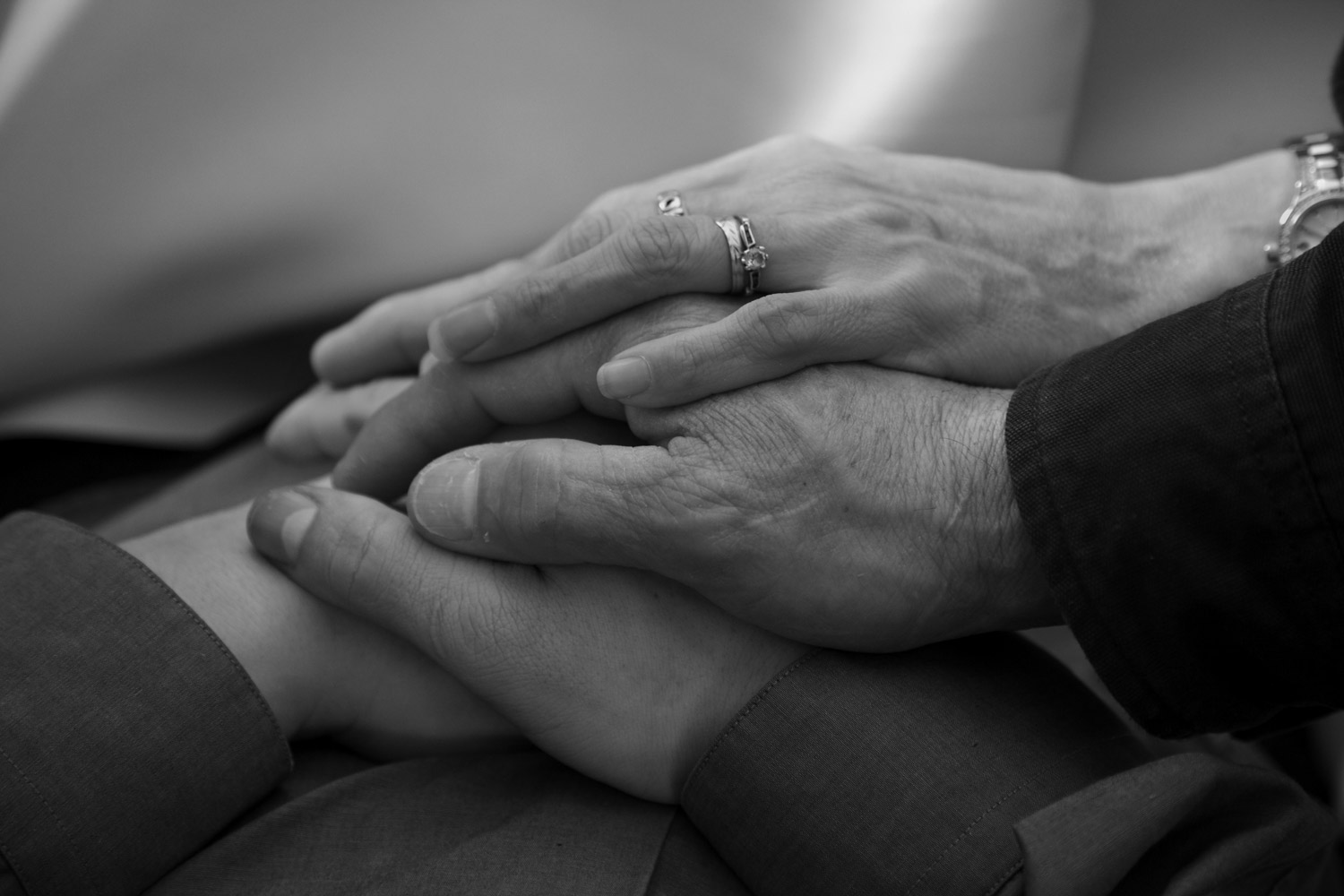

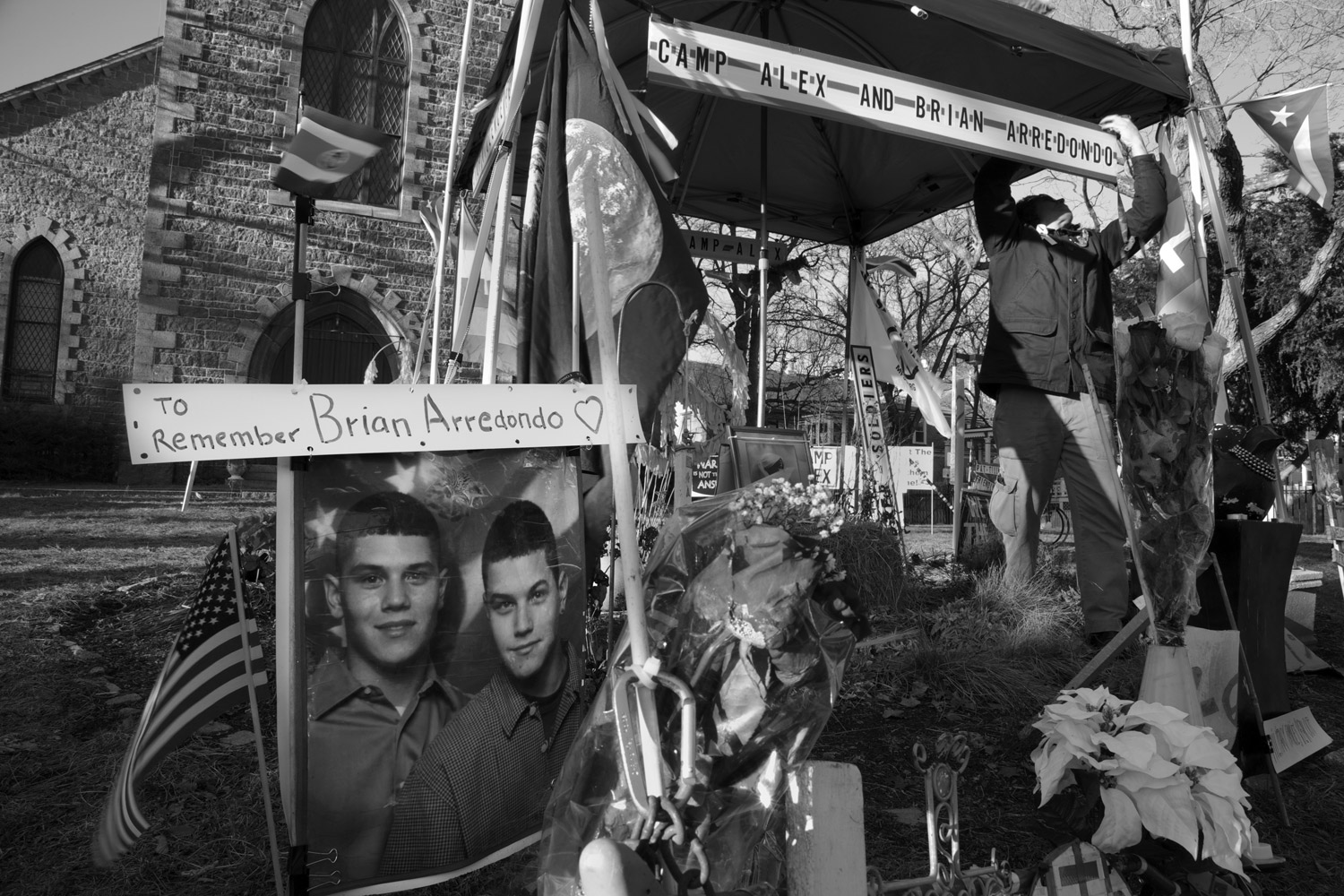
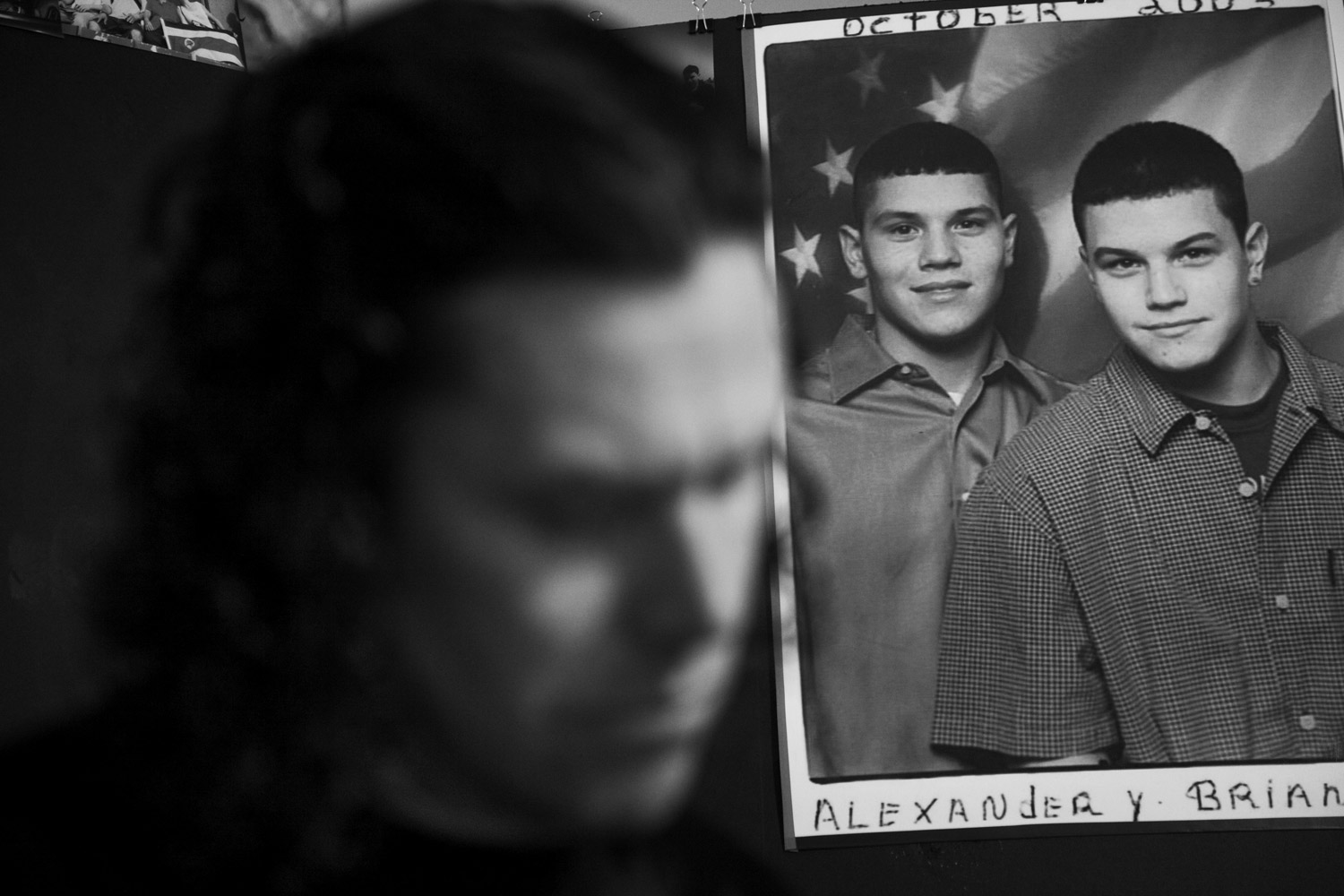
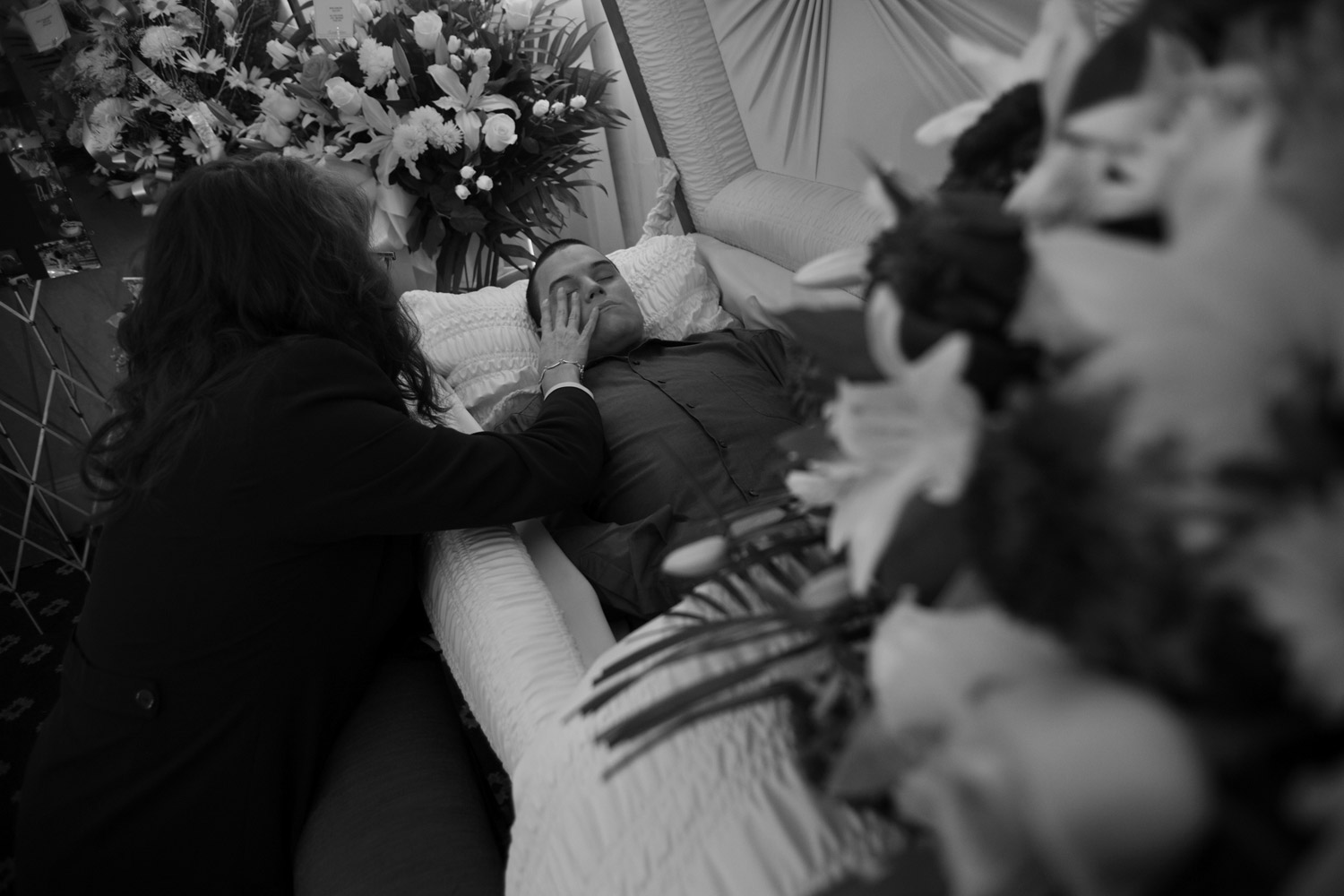

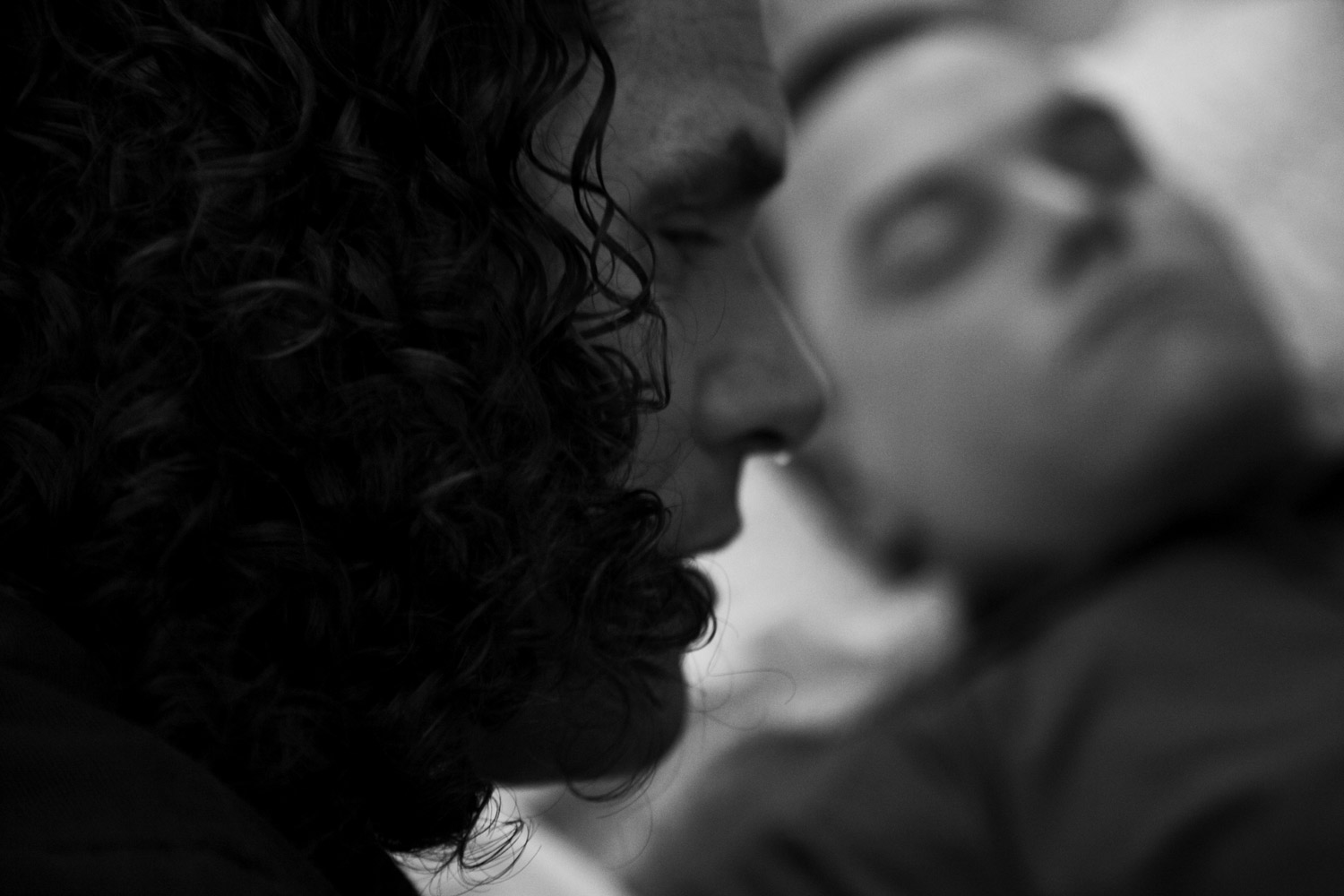
More Must-Reads From TIME
- The 100 Most Influential People of 2024
- The Revolution of Yulia Navalnaya
- 6 Compliments That Land Every Time
- What's the Deal With the Bitcoin Halving?
- If You're Dating Right Now , You're Brave: Column
- The AI That Could Heal a Divided Internet
- Fallout Is a Brilliant Model for the Future of Video Game Adaptations
- Want Weekly Recs on What to Watch, Read, and More? Sign Up for Worth Your Time
Write to Lily Rothman at lily.rothman@time.com